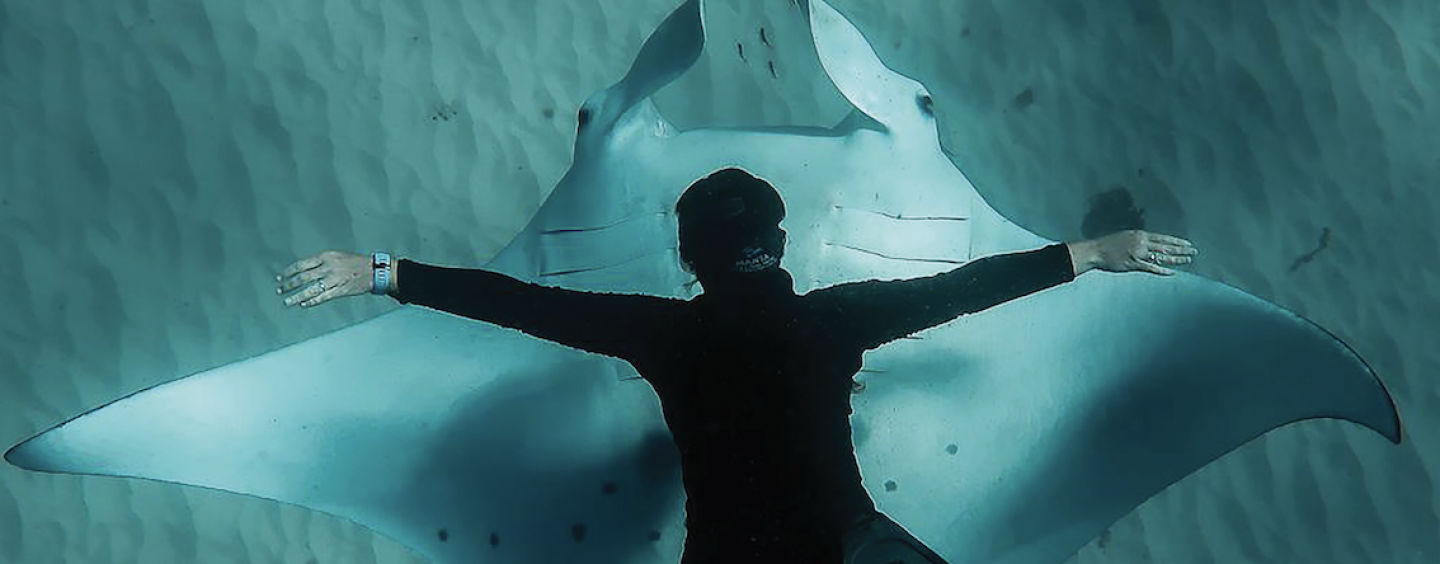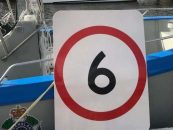The waters off the Gold Coast are alive with some of Australia’s most diverse and abundant marine species. While so many of us may shiver in fear at the thought of our finned counterparts – sharks and rays – dominating their marine environment, there is no argument against their importance in the marine ecosystem.
Research Fellow at the University of Queensland, and Project Manta scientist, Dr Christine Dudgeon, says that what you are doing in the water can determine which types of sharks and rays you are likely to see off our coast. “For diving, you are likely to see manta rays, eagle rays, leopard sharks, and wobbegong sharks and cowtail rays. For fishing, you are likely to catch smaller whaler shark species, including smaller bull sharks, as well as some rays like the shovelnose ray and wedgefish. Spearfishers are probably more likely to see bull sharks and tiger sharks, as well as other larger whaler species.”
SHARKS AND RAYS IN OUR ECOSYSTEM
Dr Dudgeon believes that one of the most common misrepresentations of sharks is that they are indiscriminate killers. “Most [shark] species target specific food sources. Humans may be bitten on very rare occasions, but there is no evidence to suggest that we form part of the diet of any shark species, and shark bites are still extremely rare.”
Despite the misconceptions about sharks, they play an important role as apex predators in their ocean environment. Dr Dudgeon likens them to a vacuum cleaner. “They help to maintain a healthy ecosystem by predating on sick and old animals, cleaning up carcasses such as whales. People tend to think sharks and rays just eat anything, which is not usually the case. Most species are quite specific about what they eat, which also means that if you remove a species from a region, the other animals do not just take over their place.”
THREATS
Sharks and rays are facing threats and may even have a complete population collapse around the world from commercial and recreational overfishing.
“Many sharks and rays have very low fecundity and are late to mature, [which means] they have low rebound potential. If you catch more than they can produce, the population will decline,” Dr Dudgeon explains. “The balance is targeting the correct species and having science-based stock assessments and fisheries management so that the populations can replenish themselves.”
Overfishing is not the only immediate threat facing sharks and rays. The shark control program in Australia presents serious threat to shark and marine life population. The original purpose of the shark control program on the Gold Coast was to catch and remove large sharks of the targeted species: tiger sharks, bull sharks and great whites. Their contentious purpose and reputation have created a divide between Gold Coasters, with many residents having to report deaths and entanglements of many other species including dolphins, turtles and whales. Further, non-target small shark species are also caught in the nets — a tragedy unto itself and a problem for scientists and researchers. “Mostly the public hears about humpback whales being caught in nets, but the biggest casualties are non-target shark species such as spinner sharks,” Dr Dudgeon states.
“PROJECT MANTA”
“Project Manta is a multidisciplinary research project that investigates manta rays around Australian waters,” says Dr Dudgeon. It is best known publicly for its citizen science program, in which divers are encouraged to send their photographs of manta rays for identification purposes. “That information is then used to help us understand their movements, population numbers and general biology,” she continues.
Despite their reputation, sharks and rays are among the most important animals in our region, keeping their marine ecosystem in check. Instead of fearing the unknown, education and understanding about those who live below the surface of the waters can help all beachgoers in making decisions around their water-based activities.
Dr Christine Dudgeon specialises in shark and ray research, focusing on the various aspects of their biology and ecology for scientific knowledge and applied management. Dr Dudgeon gave a talk about the sharks and rays of Moreton Bay at the Broadbeach Library in July 2019, addressing a full room and speaking about the unique traits of sharks and rays, and answering some questions about how they are received by Gold Coasters.
If you want to know more about sharks and rays of Moreton Bay, contact Dr Dudgeon at c.dudgeon@ uq.edu.au, or visit “Project Manta” on Facebook.
By Kimberley Bernard



























